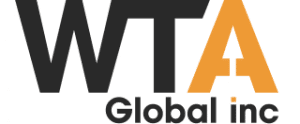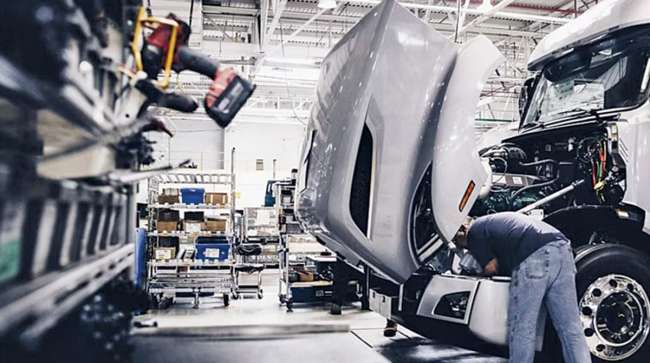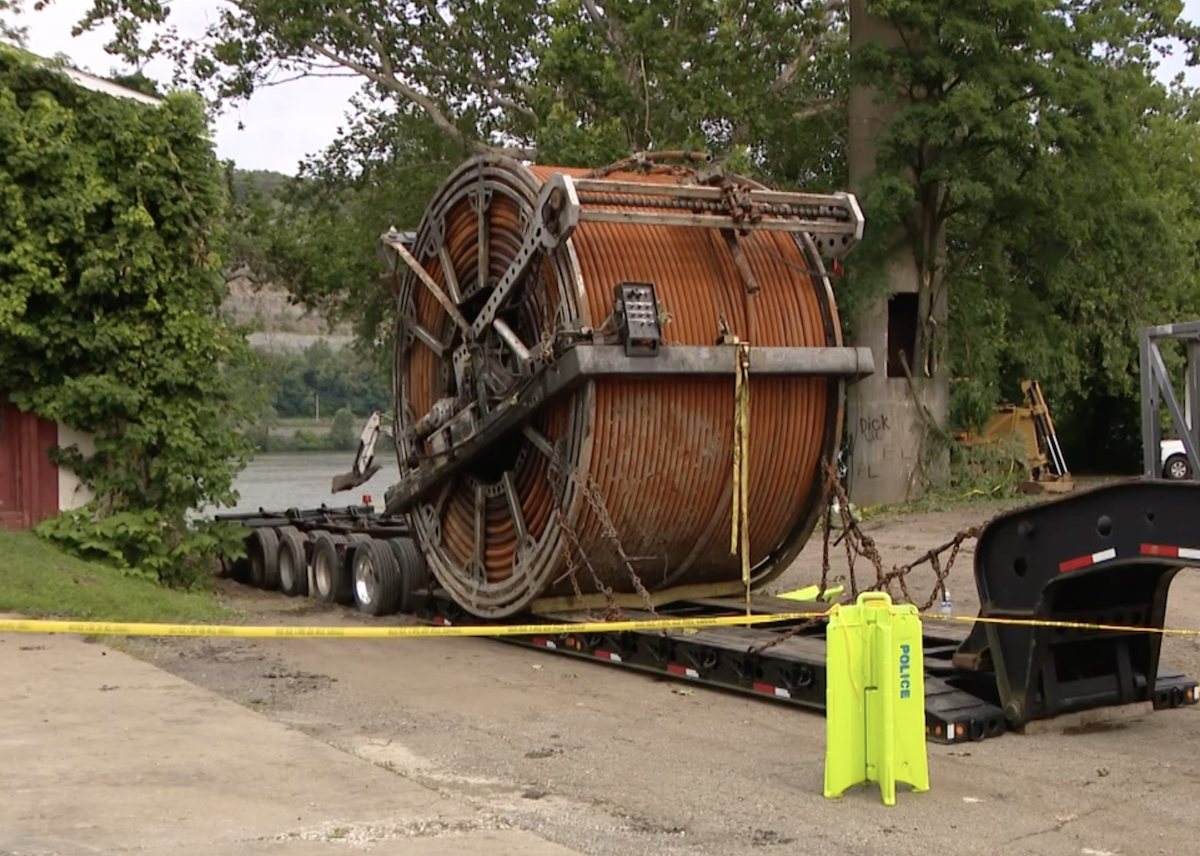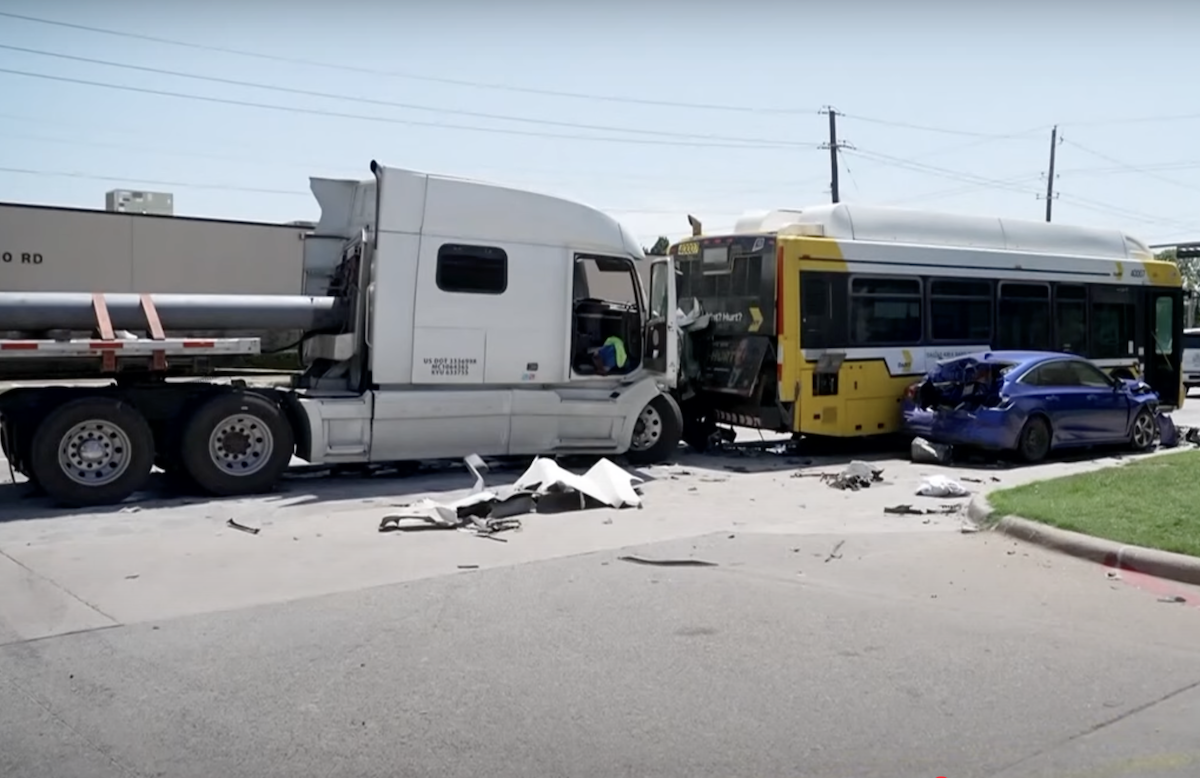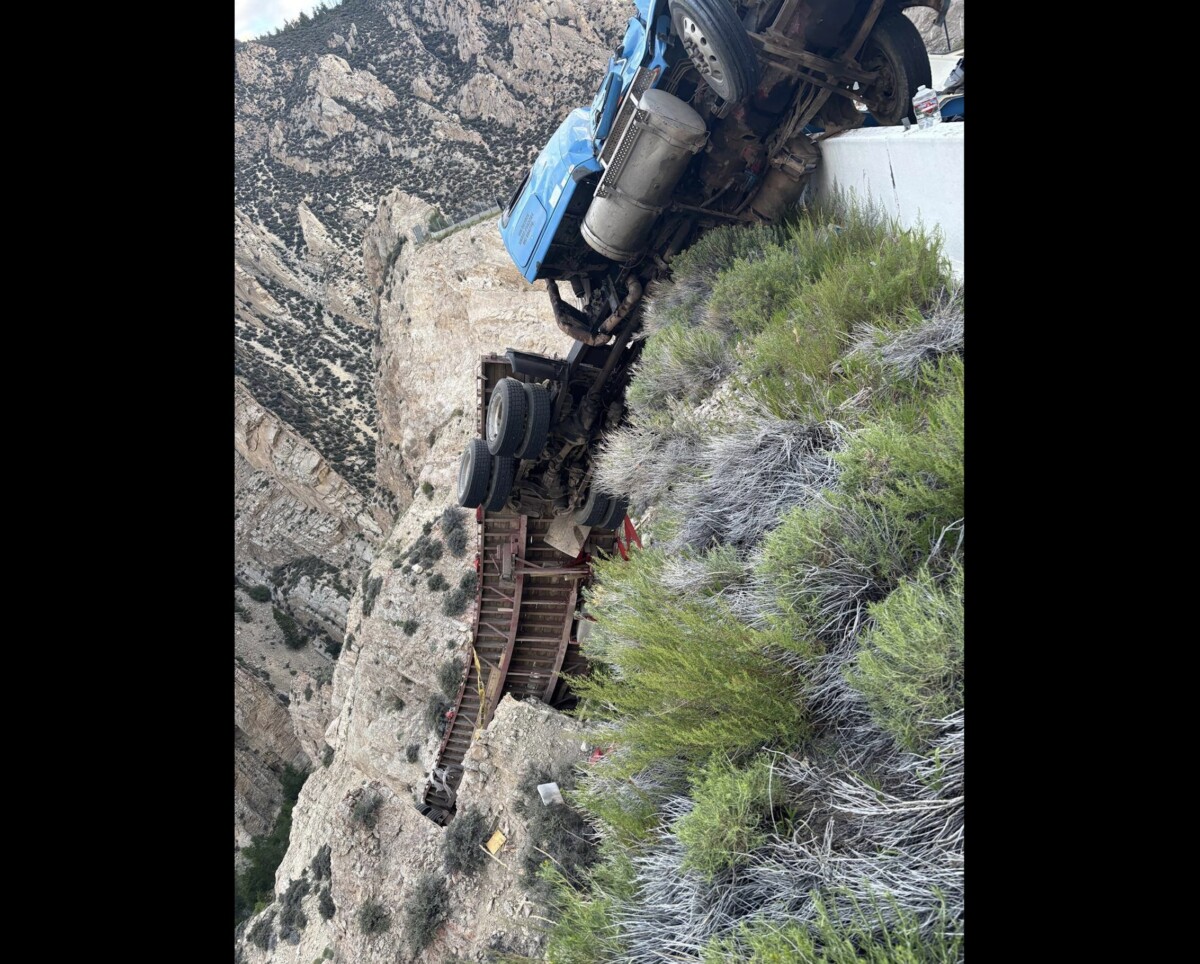Volvo Trucks North America
North American Class 8 truck orders in March continued to trend below year-ago levels as they faced additional pressures from tariffs and an uncertain economy, according to ACT Research.
Preliminary data showed orders decreased 8.3% year over year to 16,000 units and fell 12.6% sequentially compared with February. This is consistent with how truck orders have trended the past several months with few exceptions.
“The first quarter of 2025 has been defined by one word: uncertainty,” said Carter Vieth, research analyst for ACT Research. “Whether the slowdown in orders is a result of moderating economic activity, private fleets’ pausing expansion or a response to trade and policy, uncertainty is difficult to surmise and remains an open question.”
ACT Research data also showed that seasonally adjusted orders were up 1.1% sequentially to 16,500 units. But these results also marked the lowest single-month seasonally adjusted annual rate readings in almost three years.
“The year-over-year decline for Class 8 orders in March, as well as the decline from February to March this year, is indicative of the current market challenges,” said Magnus Koeck, vice president of strategy, marketing and brand management for Volvo Trucks North America. “Contract and spot rates have remained low, which is one of many factors deterring investment in new trucks.”

Koeck
The U.S. Environmental Protection Agency had long been preparing to implement its “Greenhouse Gas Emissions Standards for Heavy-Duty Vehicles — Phase 3” rules that aim to strengthen emissions standards for heavy-duty vehicles in 2027. Koeck noted uncertainty over what will happen to the rules has made fleets cautious about investing in new trucks.
“As most reports suggest, we do not currently see an indication of a 2027 pre-buy on the horizon,” Koeck said. “In addition to the rates and regulations question marks, we see new uncertainties associated with the recently announced tariffs and their impact on freight volumes and equipment costs.
“We are closely monitoring these developments to support our dealers and customers in navigating this complex and turbulent landscape.”
[April State of the Industry: Classes 5-8 Vehicles Preliminary Update] – Preliminary Class 8 Net Orders Stepped Back Further in March
Read more from the preliminary update here: https://t.co/dKbaEsWTJj pic.twitter.com/IpxcvZMeSD
— ACT Research (@actresearch) April 2, 2025
President Donald Trump has aggressively pursued tariffs as part of his foreign trade agenda despite warnings from experts that such an approach could hurt the economy. He announced a tariff plan April 2 that slapped reciprocal tariffs of varying percentages based on country, with 10% acting as a baseline rate for all imports. But on April 9, he paused that plan for 90 days. During the pause, all imports revert to the 10% baseline tariff, with the exception of China — Trump increased the tariff on Chinese imports to 125%.

Randall
“Market dynamics continue to evolve, even more so now with the introduction of additional tariffs and how they may impact truck prices and the overall economy,” said Jonathan Randall, president of Mack Trucks North America. “Prior, we were seeing relative strength in our core vocational segments and are talking with customers on how the latest news might impact their business. On-highway remains challenged due to the continued freight slowdown.”
FTR Transportation Intelligence reported Class 8 preliminary net orders for March decreased 22% year over year to 15,700 units, and orders declined sequentially by 14%. FTR noted tariffs, freight market uncertainty and anticipated revisions of emission rules have significantly dampened fleet investment in Class 8 trucks and tractors in recent months.
Deepti Yenireddy of Boon.ai explores how artificial intelligence is transforming workflows in the trucking industry. Tune in above or by going to RoadSigns.ttnews.com.
“Persistent uncertainty in tariffs, the economy, freight and regulations could notably disrupt fleet replacement cycles,” said Dan Moyer, senior analyst of commercial vehicles for FTR, “potentially prompting fleets to either accelerate purchases ahead of expected price hikes or, more likely, delay investments until market conditions stabilize. The latter scenario appears supported by the 25% [year-over-year] decline in net orders for 2025 to date.”
FTR also noted that the latest order figures were significantly below the seven-year average of 24,760 for the month. The vocational market accounted for the bulk of the sequential decline, but on-highway orders also were weaker.
“New and pending U.S. tariffs and retaliatory tariffs are expected to significantly increase costs for North American Class 8 trucks, tractors and related components,” Moyer said. “OEMs and suppliers may consider shifting production to mitigate tariff exposure, but such strategic adjustments are costly, complex and time-consuming, further complicating industry planning.”
